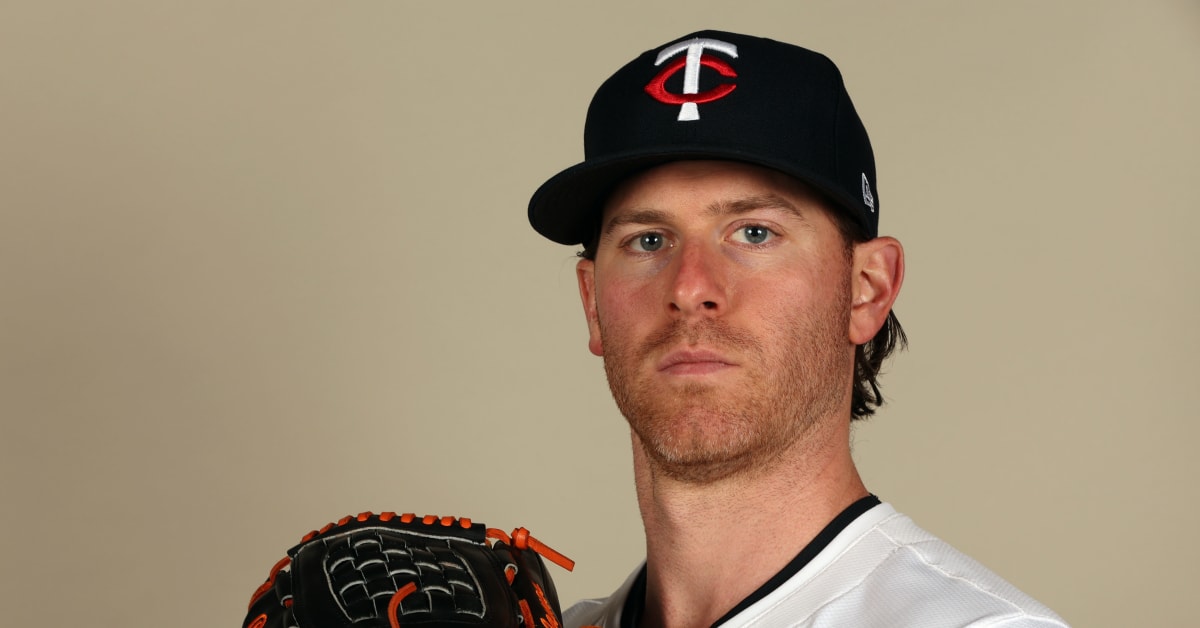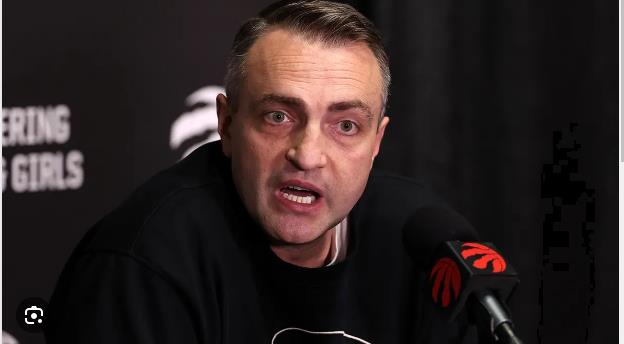The latest injury news involving Anthony DeSclafani points to a concerning pattern for the front office leadership. The Twins keep trading for injured pitchers for these three reasons.
The Twins released a number of injury updates earlier this week for pitchers who will start the season on the injured list. The Twins’ biggest loss may have been Jhoan Durán, but they are hoping he can return in four to six weeks. Because the team has a history of obtaining ailing pitchers—or pitchers who have a history of injuries—almost immediately after they arrive, supporters may find Anthony DeSclafani’s injury to be the most frustrating. Following their acquisition by the current front office, Sam Dyson (12 appearances), Chris Paddack (5 starts), and Tyler Mahle (9 starts) have all seen little action. Before requiring surgery, even Kenta Maeda pitched less than 175 innings in Minnesota.

The Star Tribune’s Michael Rand stated, “The Twins need to stop trading for damaged pitchers,” in response to the DeSclafani revelation. He said that this “represents a blind spot with the Twins’ brain trust,” going even farther. That appears to be a rather straightforward principle that all front offices ought to adhere to. For the Minnesota Twins and their standing in MLB, things are more complicated than they seem. Let’s examine the Twins’ ongoing trade of distressed assets and the implications for the franchise going ahead.
1. Every pitcher has experienced or will experience injuries.
Major League Pitchers throw balls with velocities and movements that are beyond the capabilities of the human body. Teams are always coming up with techniques to make athletes throw harder, but at a price. Tommy John procedures, which used to endanger a patient’s career, are now commonplace. Like Paddack, some pitchers have the process done more than once. The prevalence of elbow and shoulder problems has increased to the point that it appears inevitable that a pitcher will lose time due to an injury.

Arguably the best pitcher in baseball, Gerrit Cole has been a workhorse throughout his career. He is now the AL Cy Young champion. In the present state of baseball, he has pitched over 200 innings in six seasons, and in 2023, he set a league record with 209 innings. Due to elbow nerve inflammation, Cole will now miss time at the beginning of the season and may not return for 10 to 12 weeks. Listed in order of finishing place below, he is one of several starters who sustained injuries this spring in the AL Cy Young competition. Due to a hamstring issue, Sonny Gray (second place), who is currently with the Cardinals, will miss Opening Day. In Blue Jays camp, third-place player Kevin Gausman is battling a shoulder ailment. Kyle Bradish of Baltimore (fourth place) is recovering from a sprained UCL. Even the best players in the league have injuries from time to time.
2. The front office declines to deploy the frontline, starting pitching from the farm system.
The Twins, being a mid-market team, require a robust farm system to take on the role of aging players who depart through free agency. This is a customary procedure that dates back to the Metrodome period, and it will stay that way as long as ownership maintains payroll at the current level. To acquire a top-tier starting pitcher with several years of team control, Derek Falvey and Thad Levine may have combined the trades of Walker Jenkins, Brooks Lee, and Emmanuel Rodriguez. If the club runs out of big-league caliber prospects in the farm system, that scenario can benefit the organization in the short term but have long-term consequences.
The team’s most notable prospect capital swing came from the trade of Mahle, who sent Steve Hajjar, Christian Encarnacion-Strand, and Spencer Steer to the Reds. It was easier to deal with them since Minnesota felt confident about their depth at the positions those prospects played in the minor leagues. Additionally, the front staff refrained from dealing with any of the team’s best prospects. At the 2022 trade deadline, Luis Castillo and other pitchers with greater talent than Mahle were available, but it would have required far better prospects. While some Twins supporters may desire that the team invest heavily in starting pitching, this front office is unwilling to use the farm.
3. Giving starting pitchers hefty money isn’t always beneficial to the team.
In recent years, Minnesota’s general management has made offers to Zack Wheeler and Yu Darvish, among other high-profile free agents. Both of those athletes favored playing on the coasts and accepted better offers from other teams. Since joining, Wheeler has performed admirably for the Phillies, emerging as a consistent contender for the Cy Young Award and agreeing to a new, $126 million, three-year contract with them this spring. Darvish has a 101 ERA+ but has had inconsistent results with San Diego. Over time, free agent deals can appear worse, particularly for players in their late 30s to early 40s. The Twins’ inability to pay a starter a substantial portion of their available budget stems from the ownership group’s $30 million payroll decrease this winter.
José Berríos was the Twins’ greatest pitcher from the organization’s draft and development during the past ten years. Though the front staff of Minnesota attempted to negotiate a long-term contract, Berríos insisted on receiving the salary of a starting pitcher. The Blue Jays signed him to a seven-year, $131 million contract after trading him to Toronto. He struggled in 2022 (74 ERA+) before improving in 2023 (116 ERA+). The Twins used some ingenuity in acquiring Pablo López and altering his pitching mix in order to acquire a top starter. In contrast to Berríos’ contract, Minnesota’s four-year, $73.5 million extension appears to be a good deal. In the coming years, López and Berríos have the potential to be All-Stars, but the Twins need to be frugal with their financial resources.

Fans find it annoying to witness players suffer injuries, particularly those who appear to suffer setbacks soon after donning a Twins uniform. That’s not a “blind spot,” though, for the current front staff because pitching injuries occur in all baseball organizations.



